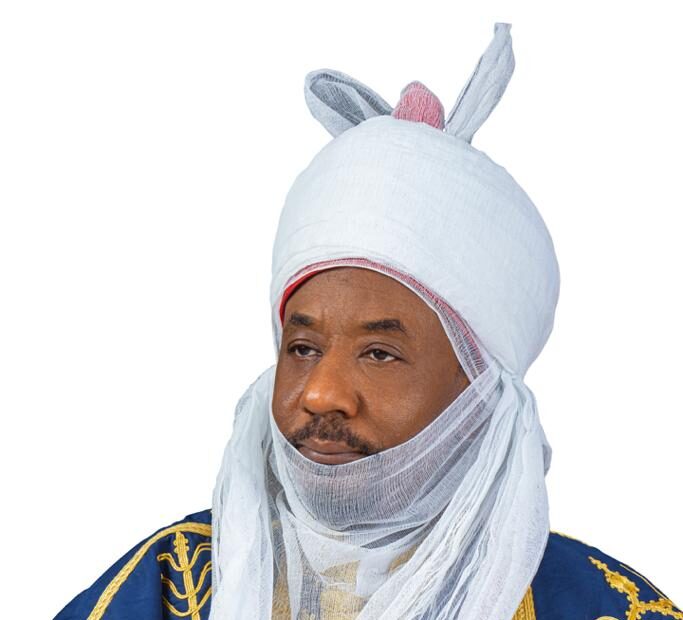The Emir of Kano and former Governor of the Central Bank of Nigeria (CBN), Muhammad Sanusi II, has proposed a grassroots-driven, data-based framework to tackle poverty in rural communities, calling for the active involvement of traditional institutions in national development efforts.
Speaking at the 31st Nigerian Economic Summit in Abuja on Tuesday, Sanusi explained that a sustainable solution to poverty must begin at the community level through existing traditional structures.
“Okay, so let me start with the role of the traditional institutions and how we can fit into these poverty alleviation programs in general,” he said. “If you take my emirate, I have 36 local governments made up of 44 district heads. Every district has village heads and every village head has ward heads under him.”
Sanusi highlighted the unique position of traditional rulers as the closest link to rural populations, noting that, “These four people, they live in villages, they live in rural areas, they live in wards. They don’t live in Abuja or Lagos. So in terms of having men on ground and feet on the ground, the traditional structures are there.”

He, however, questioned why Nigeria’s poverty and malnutrition indicators remain high despite billions of naira in interventions. “Every year we publish numbers. A lot of money has gone into malnutrition — World Bank, UNICEF, Gates Foundation — but every year the numbers come up and they’re just increasing. Why? Because I think we’re not doing the right thing.”
The former CBN governor stressed the need for an information-based approach, citing his experience in banking as an example. “Spending a small amount on, say, an MIS system… I did it in the bank. From my office, I had a screen. I could see past due loans by branch… and call the branch manager.”
Sanusi explained how similar systems could be used to track maternal and child health in rural communities:
“If we know that X number of women are pregnant in this village in Kano and you go to them and give them nutrition interventions, locally produced nutrition interventions, X number of babies are born and you make sure that for those first two years, they get what they’re supposed to do. Those numbers crash immediately.”
He emphasised that empowering traditional institutions with data, technology, and clearly defined roles could make poverty alleviation more efficient and sustainable. “The question is how do you power these structures and how do you incorporate them into development initiatives?” Sanusi concluded.


 Trending
Trending 











